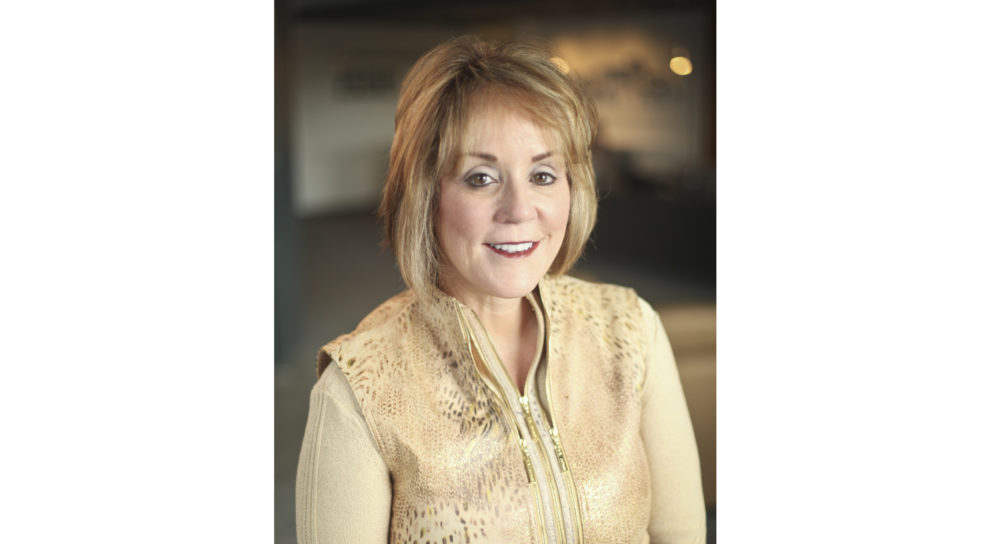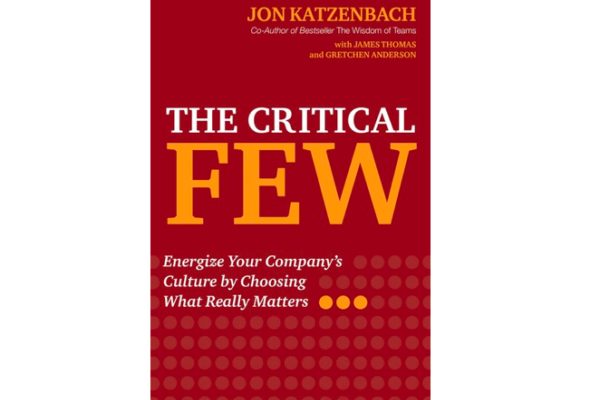
I recently wrote about how difficult it is to differentiate a company on the basis of customer experience. Taking this perspective suggests there are four rational ways for companies to think about customer experience differentiation:
- Take the plunge and commit to a radical path that passes the three litmus tests outlined in Is “Customer Centricity” a Strategy?
- Make customer experience a source of measurable tactical advantage, not the anchor of a strategy
- Don’t try for “better” on customer experience, but simply for “different in a way that suits an important segment” (e.g., McDonald’s emphasis on speed)
- Achieve a level of customer experience at parity with the rest of industry, and try to achieve that parity as cheaply as possible
Companies taking the third path generally know who they are. Perhaps most prevalent is to act more or less like the fourth path, although without discipline, while using the rhetoric of the first or second. Consciously and rigorously traveling the second path is a huge opportunity for a number of companies – and an opportunity that hiring the right leader and giving them the scope to make the right decisions can dramatically accelerate.
Meet Sue Nokes, the best customer experience executive I’ve ever seen. There are great founders, of course, like Howard Schultz and Herb Kelleher, who have shaped models that change whole industries. Sue isn’t like them. She isn’t a visionary, she’s an executive: an executive who exemplifies what it takes to turn a company that is merely ordinary at customer experience and build a big, lasting, profitable edge.
Sue is vividly described in Jennifer Reingold’s Fortune profile in 2007, when Sue was leading T-Mobile USA’s sales and customer care functions. Sue doesn’t have a typical executive resume. She doesn’t have a college degree. She began on the front lines of customer service in the old Regional Bell Operating Company world, and earned one promotion after another, after another, making her way up to SVP of Customer Care at Ameritech. She gained the visibility to take on higher-profile roles like building the customer service organization from the ground up to support the successful launch of Walmart.com.
Sue has conviction about pretty much every dimension of what it takes to achieve excellent customer service. She wears flashy jewelry, drives flashy cars (alternating between a Bentley and a Hummer when we worked together at T-Mobile) and calls it like she sees it – absenteeism in the call center, for instance is “pimping your peers.” When she goes to call centers – where she spends a lot of her time – she’s treated like a rock star. Literally. Reps ask for her autograph – on the skin. I don’t know if any of them have a Sue Nokes tattoo. I’d bet a few of them do.
Implementing the Sue Nokes model isn’t cheap in the short run: one-call resolution trumps handle time; training and team meetings in the T-Mobile call centers were north of 100 hours per person per year; top executives spend a lot of time talking about what’s getting in the way of customer satisfaction and a lot of time making changes. But it works, and in every case the cost in the end was lower – as well as customer satisfaction higher. There’s a very simple logic here: serving customers is a lot cheaper than replacing customers, and resolving problems on the first call is cheaper and far better than getting off the phone fast but letting problems linger.
My advice to any CEO who thinks customer experience matters deeply to his or her company is to read Reingold’s profile of Sue, and then ask themselves: if Sue is a 10 on her particular scale, does my leading customer service executive score at least a 9.5? If he or she thinks the answer is “maybe,” I’d suggest giving Sue a call – she is now at Asurion, running her favorite play again –and asking to keep her company when she makes one of her call center visits. The experience should quickly make clear whether the person in the job today at any given company is anything like Sue. If they’re not, make it an all-out quest to find the next Sue – and turn them loose.
Taking this step won’t in itself be enough to put a company in a class of its own. It doesn’t solve the question of strategy. However, finding the next Sue Nokes may be the best dollar-for-dollar way to gain in the competitive game of inches that most companies in most industries face today.



